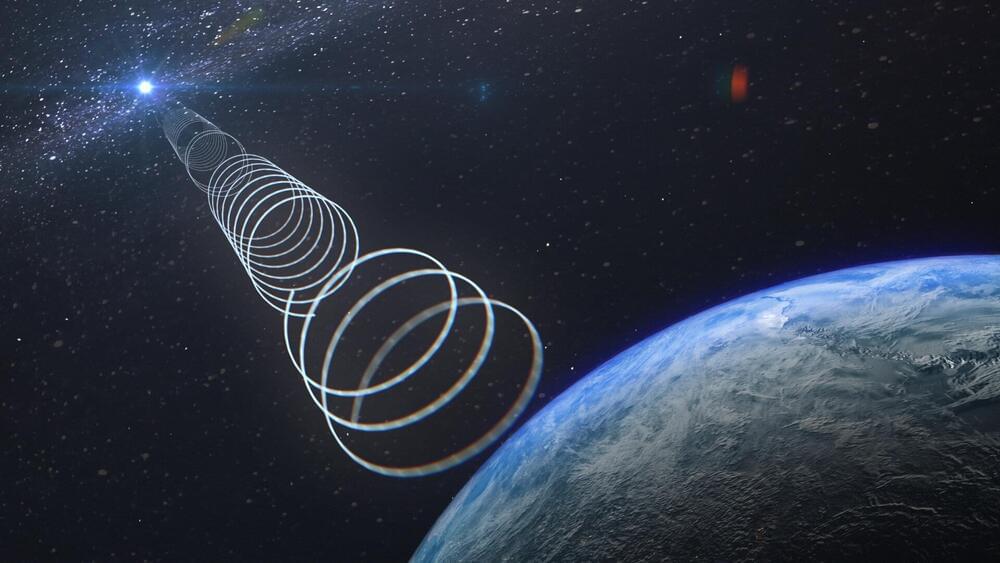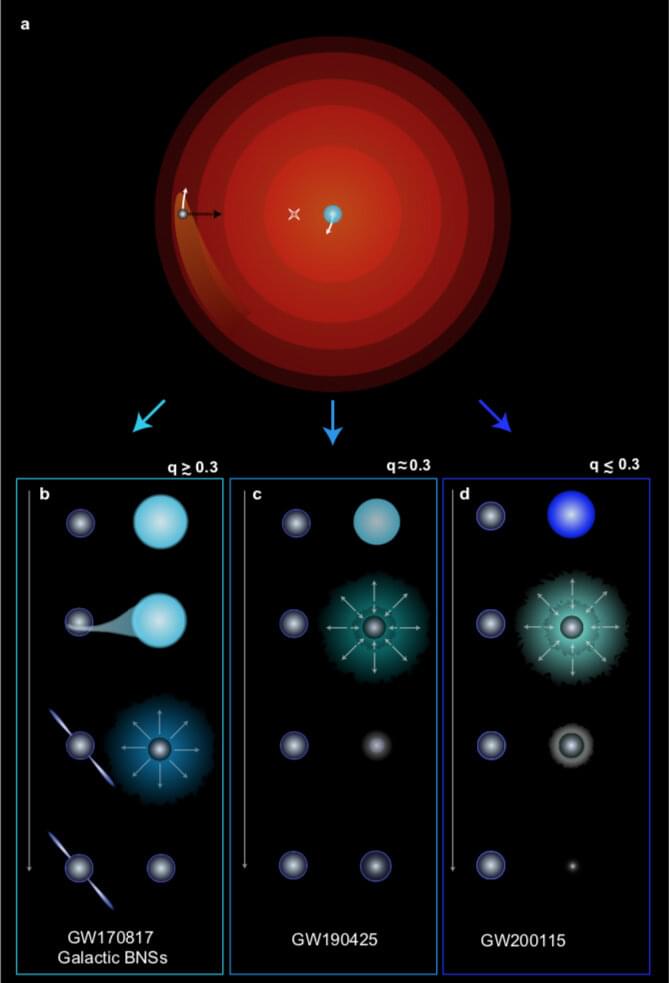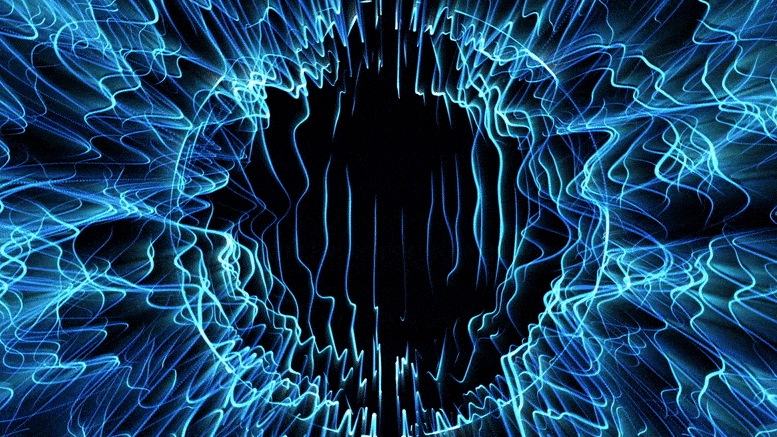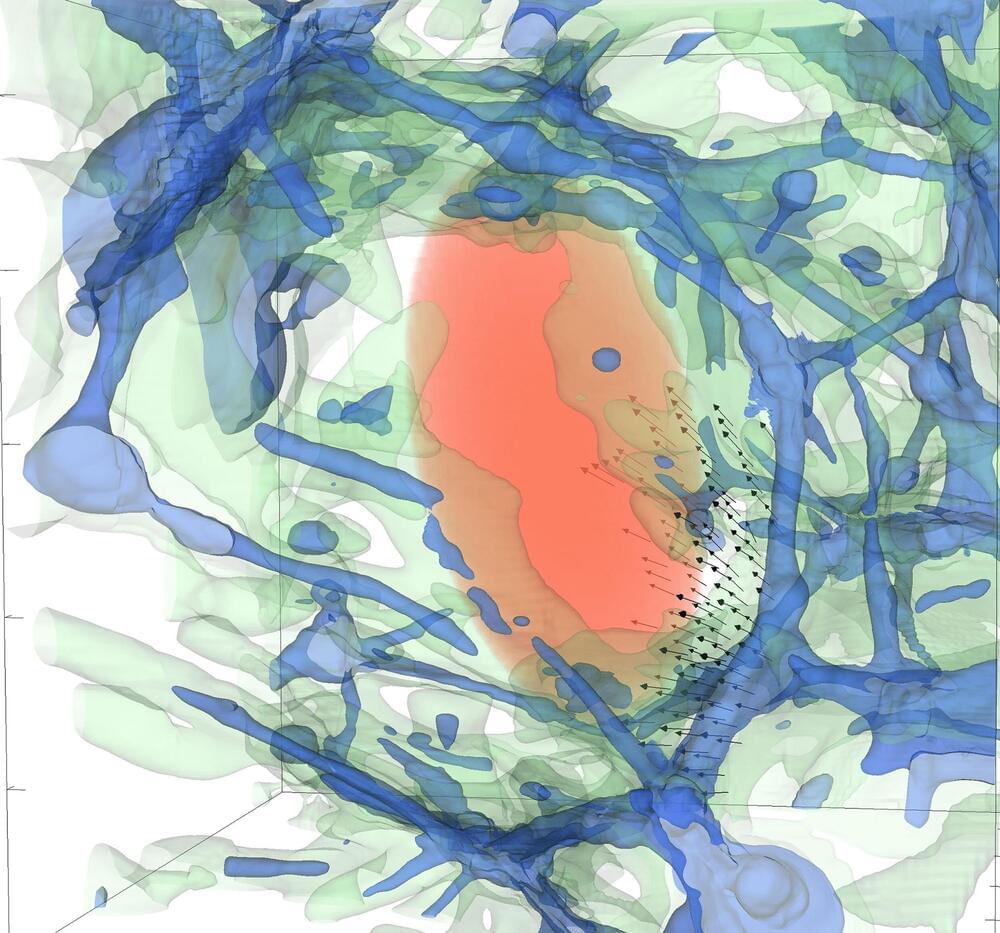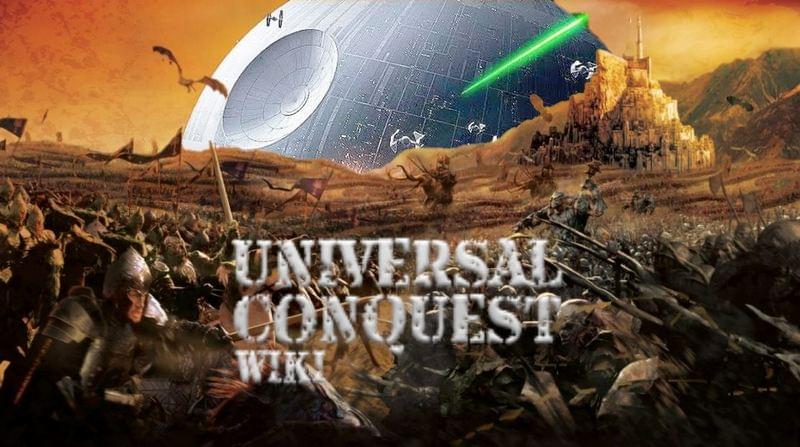Astronomers have discovered unusual signals coming from the direction of the Milky Way’s center. The radio waves fit no currently understood pattern of variable radio source and could suggest a new class of stellar object.
“The strangest property of this new signal is that it is has a very high polarization. This means its light oscillates in only one direction, but that direction rotates with time,” said Ziteng Wang, lead author of the new study and a Ph.D. student in the School of Physics at the University of Sydney.
“The brightness of the object also varies dramatically, by a factor of 100 and the signal switches on and off apparently at random. We’ve never seen anything like it.”
